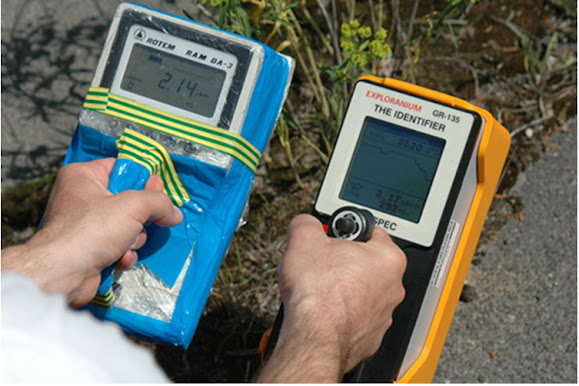The serious consequences of the decades long flawed German energy policy came finally into light

On Monday 17 October 2022, after weeks of debate, German Chancellor Olaf Scholz ordered the German Ministry of Economics (responsible for electricity generation) and the Ministry of the Environment (responsible for nuclear safety, among other things) to create the legal and other conditions to ensure that, if necessary, all three remaining German nuclear reactors can continue operation until 15 April 2023. It is worth noting that before the Fukushima accident in 2011, 17 nuclear power plant units were in operation in Germany. Following the events in Japan, within a few weeks, and in what I believe was a series of premature steps, the German government ordered the permanent closure of the 8 oldest units shortly after the events in Japan, and a decision was taken to phase out nuclear power by the end of 2022. Over the past decade, a series of units have been shut down, leaving three still in operation. So, at the end of this year, although there is no technical or nuclear safety reas...


